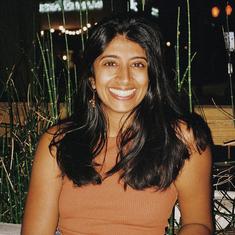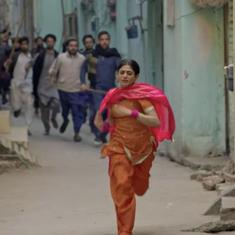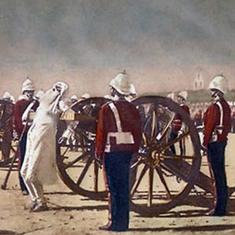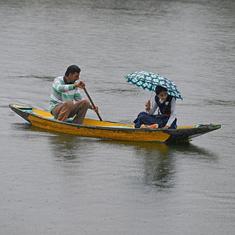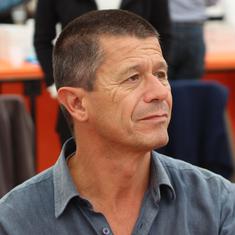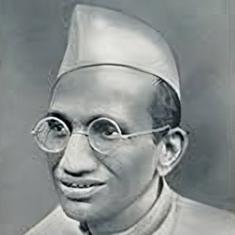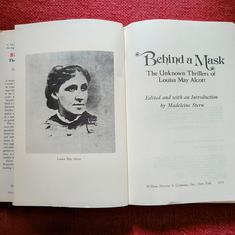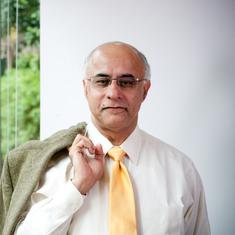We know her name, the 19-year-old Dalit woman who was raped and brutalised by four Thakur men in Hathras. She died on September 29 and was cremated by the Uttar Pradesh police even as her family pleaded that they be allowed to take her body home.
According to law, women who have been raped are to remain anonymous and any information identifying them is to be withheld from the public. That is unless the woman herself agrees to reveal her identity. In cases where the woman is dead, her next of kin may agree to make it public but the permission has to be routed through a welfare organisation recognised by the Centre or the relevant state government.
In this case, the woman named her alleged attackers before she died – Sandip, Ramu, Lavkush and Ravi – upper-caste Thakur men. After her death, people marched to demand justice in her name, that of a Dalit and a woman.
Courts have reasoned that the names of women who have gone through sexual violence must not be revealed to avoid causing them shame. But the shame is not hers. Instead, her name is an indictment of the social and state institutions that surrounded her in life and in death.
Life and death in Hathras
Knowledge of her identity takes us to Boolagarhi in the Chandpa area of Uttar Pradesh’s Hathras district. It tells the story of a village where untouchability is still the norm, of Dalit and Thakur neighbours living in acrimony that goes back generations. The alleged attackers lived across the road from the girl and her family. Two decades ago, the Thakur family cut off her grandfather’s fingers in a dispute over grazing buffaloes.
This is a crime that seems to flow from habits of power, including the power of one caste over another. It is a fact that many would like erased when they protest that caste should not be brought into it.
A few years ago in Kerala, another Dalit woman’s name escaped into the public sphere. In that case, the accused was a Muslim migrant labourer, hardly better off in the old social hierarchies than the woman he raped, killed and mutilated. But it was the woman’s story that shook Kerala. She lived in a single room with her mother, a casual labourer, and studied law. She was reportedly killed when she tried to resist rape. For all her struggle and her strength, her caste and her poverty meant she was easy prey.
Law and order
In the Hathras case, the woman’s name draws attention to the fact that the crimes of caste were compounded by the exercise of state power. In Adityanath’s Uttar Pradesh, to be Thakur is to be politically powerful – it is, after all, the caste group the chief minister belongs to. And political power has long warped every institution, including the state police.
It explains why the police refused to acknowledge she had been raped in the weeks that she was still alive. It explains why they rushed to cremate her in the dead of the night – a law and order problem to be dealt with as protests broke out and her family demanded accountability from the government.
Caught on the wrong foot by the public anger, Adityanath has announced a special investigation team and the prime minister has reportedly ordered strict action against the guilty. This has been attended by the usual public rituals of bloodlust: calls to hang the rapists in public or shoot them in an extrajudicial encounter like the one seen in Telangana some time ago.
The Telangana shootings and the hangings in the Delhi gangrape case could not prevent future crimes. Killing four young men now will not end the upper-caste oppression that enabled the violence in Hathras. Neither will it undo the actions of a state that tried to erase her body and her experiences because it was politically convenient.
